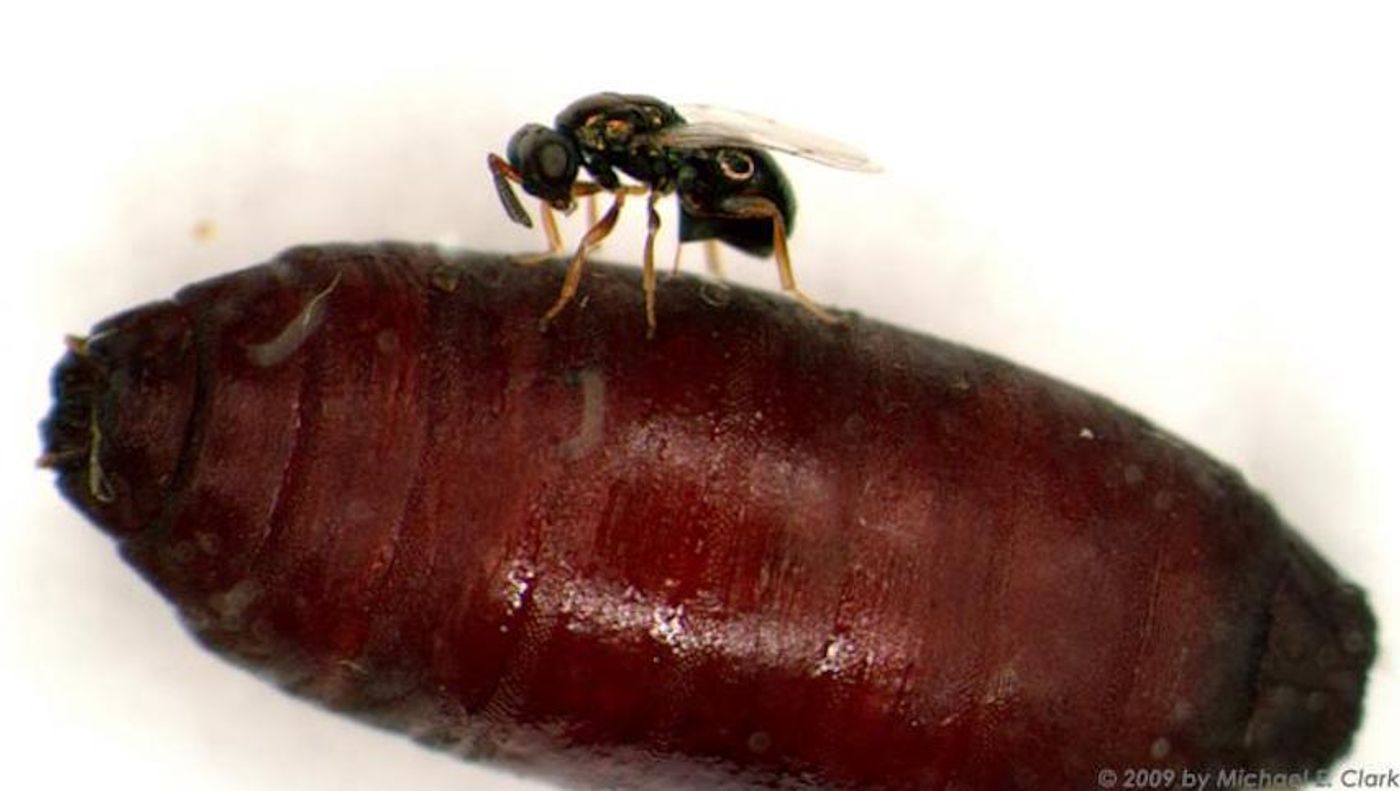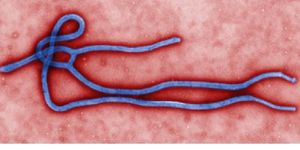Evolutionary Insight - From Parasitic Wasps
Organisms need to be able to adapt and evolve in order to survive, and that change can happen at the cellular level. A gene may be acquired, or existing genes may have to change their function, or acquire new ones. It has been suggested that genes might duplicate and then edit one version in such a way that it does something new, or gains a function in a new part of the organism. Researchers using Jewel Wasps as model organism have found an interesting genetic characteristic that could be happening in other species.
The Werren Lab at the University of Rochester performed the new work, published in Current Biology, that shows how Jewel Wasps can make genes ‘co-opt’ functions. These wasps have venom that can quickly change; there is a fast turnover of the venom genes, enabled by regulatory genetic features that sit next to the genes. Those regulatory regions can control whether the gene is expressed or not.
"It is almost as if they are now moonlighting," explained John (Jack) Werren, Professor of Biology. "They've got a day job, and then take on a night job as well. Over time, if the night job works out, they may give up the day job and evolve as a venom specialist. However, in other cases we have found that they stop moonlighting as venom genes but appear to retain their day job."
Thus there is no need for a second gene, there is simply a shift in the regulation of one gene so that it takes on another role. That shift is especially good for organisms that need to adapt, and fast.
"Co-option of single copy genes can be a more rapid mechanism for adapting to a new environment because it does not require the gene to be duplicated first," said co-lead author Ellen Martinson, a postdoctoral research associate with the Werren Lab.
"In essence, these wasps are recycling their genes for new functions," said co-lead Mrinalini, a former postdoc in the Werren Lab who has since joined the National University of Singapore, where she studies snake venoms.
By analyzing and sequencing the genes that are expressed in wasps and the proteins they generate - the transcriptome and proteome, respectively, the investigators determined that over half of the wasps’ venom components came from co-opted single copy genes. The venom is able to quickly adapt to a variety of hosts.
The scientists have suggested that this is not limited to these wasps, an that gene co-opting may be commonly found throughout nature.
When it comes to parasitoid venoms, there could be another benefit, said Werren. "The great diversity of parasitoid venoms and abundance of these species (estimates run as high as 600,000 parasitoid species on earth), combined with the fact that parasitoid venoms have evolved to manipulate metabolic processes, suggests that they are potentially an immense untapped cornucopia for drug discovery."
Sources: AAAS/Eurekalert! via University of Rochester, Current Biology









